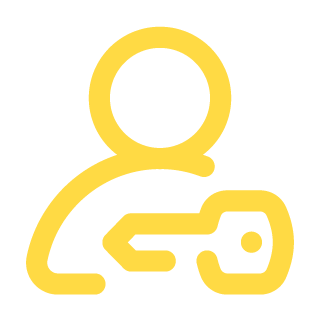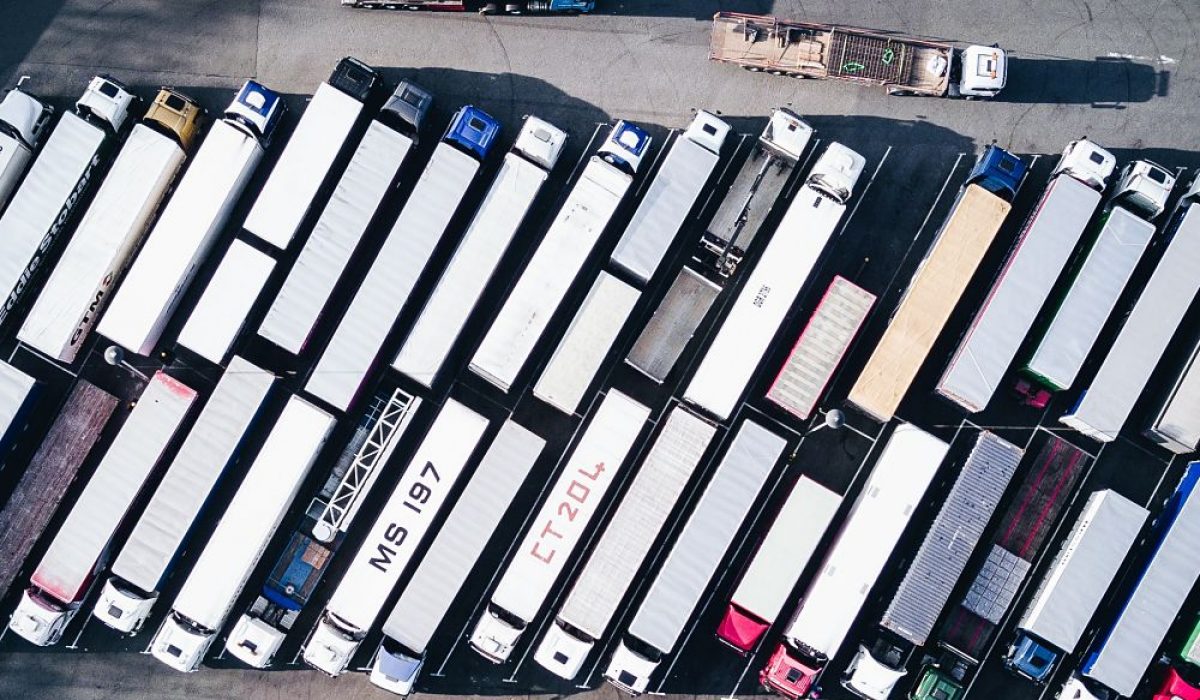The circular economy is disrupting the logistics industry as we know it, yet there is great potential for logistics firms to develop plays in return services, enabling items to be reused or recycled.
A circular economy (see Figure 1) is an alternative to a traditional linear economy in which resources are made, used and then disposed of¹. The idea underpinning the circular – or restorative – economy is that maximum value is extracted from resources while they are in use; then, at the end of a resource’s service life, its constituent products and materials are recovered and regenerated. Based on nature’s resource-efficient use and reuse of biological nutrients, the practice could reap practical benefits in the logistics sector.
The circular economy is one of five themes that we believe will be central to the digitization of the logistics industry over the next decade. The other themes we examine are information services, logistics services, delivery capabilities, and shared logistics capabilities.

²
The requirement for businesses to minimize the use of ‘new’ materials reduces the number of potential new logistics commissions, but increases demand for complex return processes.Already embracing the practice are reverse logistics groups such as Cycleon, which specializes in managing end-to-end return processes. Circular economy business models are set to become more prominent as multinationals such as Dell and Philips undertake structural overhauls.³
Case study
Dell
Committed to closed-loop plastics recycling, Dell takes back customers’ old systems. With the launch of the OptiPlex 3030 All-in-One, Dell became the first in the industry to offer a computer made with third-party-certified closed-loop recycled plastics.⁴ Dell implemented a major redesign across engineering, industrial design, procurement, logistics and marketing, to embed the use of post-consumer recycled plastics in its products. Working in over 78 countries, to help consumers find better ways to extend the life of their technology, Dell is also looking to shape international standards and policies towards a circular economy.
Case study
From Waste to Wealth
Accenture recently published a book on growth strategies to move towards a circular economy. ‘Waste to Wealth’ presents five business models that will drive the circular economy:⁵
- Circular supply chain introduces fully renewable, recyclable or biodegradable materials that can be used in consecutive life cycles to reduce costs and increase predictability and control. Leading examples include Natureworks biopolymers, derived from 100% renewable sources, and AkzoNobel’s paints and coatings made from bio-based materials.
- Recovery and recycling revives materials previously designated as ‘waste’ for other uses. Companies either recover end-of-life products to recapture and reuse valuable material, energy and components or reclaim waste and byproducts from a production process. Proctor & Gamble now operates 45 facilities on a zero-waste basis, which has created more than $1 billion in value for the company over the past five years.
- Product life extension recaptures value that would have been lost by disposal. By maintaining and improving products through repairs, upgrades, remanufacturing or remarketing, companies can keep them economically useful for as long as possible. For instance, Panasonic operates a high-tech disassembly, reuse and recycling plant, now recycling around 700,000 products a year.
- Sharing platform creates new business opportunities for consumers, companies and micro-entrepreneurs, who rent, share, swap or lend their idle goods. Fewer resources go into making products that are infrequently used, and consumers have a new way to both make and save money. Examples include Uber, Airbnb and Lyft among a growing field.
- Product as a service, where manufacturers and retailers start to bear the total cost of ownership, adjusting focus to longevity and reliability of products and building new relationships with customers. As an example, Philips has launched ‘pay by lux’ to charge for lighting by output instead of unit sales, Michelin now charges per kilometer for tires, moving away from tires as the end product
The Government of Denmark is another proponent of circular economies.⁶ In concert with regional and municipal authorities, the Danish environment ministry has committed to use public procurement worth €5 billion to support a nationwide transition to a circular economy. Specifically, the partners’ procurement policies must adhere to green criteria on recycling, chemical use, long lifetimes and total cost of ownership.
Progression toward the circular economy has been limited to pioneers and first-moving global companies to date. There are a number of barriers to widespread adoption; from the geographic dispersion of supply chains; to the complexity of materials and deconstructing products. Digital and technology innovations are providing companies with the opportunity to overcome such barriers.⁷ Machine-to-machine and data analytics enable companies to match the supply and demand for underused assets and products. ‘The cloud’, in combination with mobile and social media, can dematerialize products or even entire industries. And 3D printing creates opportunities for manufacturing inputs that are biodegradable.⁸ For more information, please see the article: Transitioning to a sustainable world.
Footnotes:
1. WRAP, “What is a circular economy?”, http://www.wrap.org.uk/content/wrap-and-circular-economy.
2. Ellen MacArthur Foundation, Circular Economy Reports, http://www.ellenmacarthurfoundation.org/business/reports.
3. http://www.dell.com/learn/us/en/uscorp1/corp-comm/circular-economy
4. http://www.dell.com/learn/us/en/uscorp1/corp-comm/circular-economy
5. Accenture Waste to Wealth, Palgrave Macmillan, 2015
6. Ellen MacArthur Foundation, “Public procurement in Denmark”, http://www.ellenmacarthurfoundation.org/case_studies/public-procurement-in-denmark.
7. World Economic Forum and Ellen McArthur Foundation. Towards the Circular Economy: Accelerating the scale-up across global supply chains. 2014
8. Accenture Waste to Wealth, Palgrave Macmillan, 2015
Read the next article in this theme
Logistics is one of six industries (along with automotive, consumer, electricity, healthcare and media) that have been the focus of the World Economic Forum’s Digital Transformation of Industries (DTI) 2016 project. An overview of the DTI program can be found here.
Our in-depth findings about the digital transformation of the logistics industry are available in a white paper, which can be downloaded here.
To explore a selection of related articles and case studies, please select one of the tags below.
Publicado originalmente en reports.weforum.org



